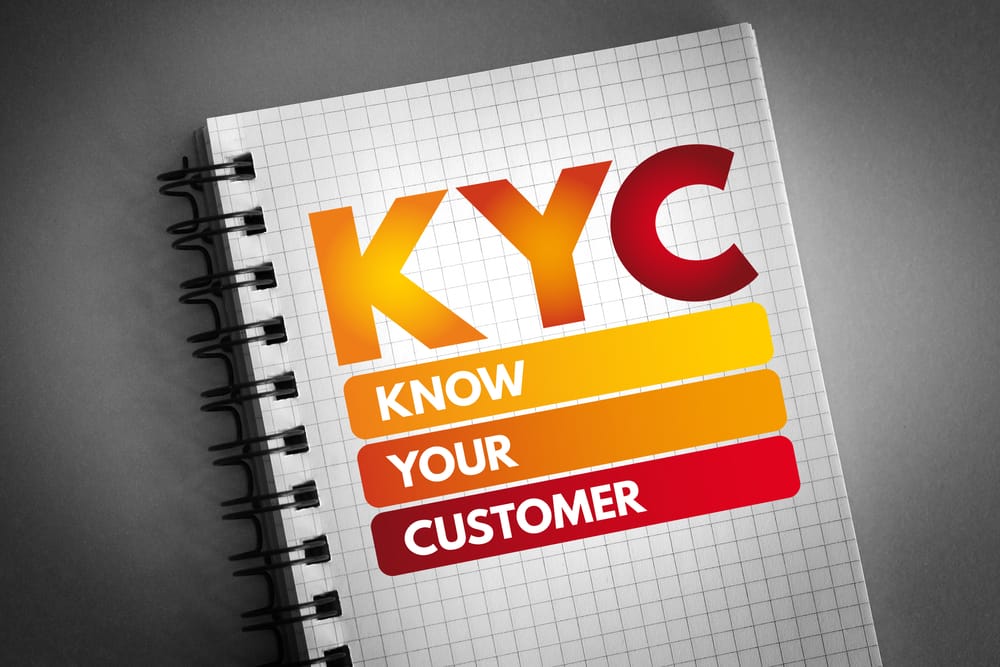Implementing effective Customer Due Diligence (CDD) practices is essential for financial institutions to manage risks and comply with regulatory requirements. This article explores best practices for CDD implementation and provides strategies to enhance compliance and risk management efforts.
Best Practices for Implementing Customer Due Diligence
1. Develop a Comprehensive CDD Framework
Description: Establish a detailed framework that outlines policies, procedures, and responsibilities for CDD.
Steps:
- Policy Development: Create clear policies that define the scope and objectives of CDD.
- Procedural Guidelines: Develop procedural guidelines for customer identification, risk assessment, and transaction monitoring.
- Compliance Team: Form a dedicated team to oversee and manage CDD activities.
Benefits:
- Consistency: Ensures a uniform approach to CDD across the organization.
- Accountability: Defines roles and responsibilities, promoting accountability.
- Efficiency: Streamlines CDD processes, reducing the risk of errors and non-compliance.
2. Leverage Advanced Technology
Description: Utilize advanced technologies to enhance the efficiency and effectiveness of CDD processes.
Tools:
- Data Management Systems: Implement robust systems to collect, store, and manage customer information.
- AI and Machine Learning: Use AI and machine learning for data analysis and anomaly detection.
- Blockchain: Explore blockchain technology for secure and transparent transaction recording.
Benefits:
- Efficiency: Automates time-consuming tasks, reducing manual effort.
- Accuracy: Improves the accuracy of data collection and analysis.
- Security: Provides robust security measures to protect sensitive information.
3. Conduct Regular Training
Description: Provide regular training to employees on CDD requirements and best practices.
Steps:
- Training Programs: Develop comprehensive training programs for employees at all levels.
- Regular Updates: Update training materials regularly to reflect regulatory changes and emerging trends.
- Interactive Sessions: Use interactive sessions, case studies, and simulations to enhance learning.
Benefits:
- Knowledgeable Staff: Ensures employees are well-informed about CDD requirements and best practices.
- Improved Compliance: Enhances the ability to detect and report suspicious activities.
- Compliance Culture: Fosters a culture of compliance within the organization.
4. Monitor and Audit CDD Processes
Description: Implement monitoring and auditing mechanisms to ensure ongoing compliance with CDD requirements.
Steps:
- Regular Audits: Conduct regular internal audits to assess compliance with CDD policies and procedures.
- Real-Time Monitoring: Use real-time monitoring tools to detect and address compliance issues promptly.
- Continuous Improvement: Implement feedback mechanisms to continuously improve CDD processes.
Benefits:
- Compliance Assurance: Provides assurance that the organization meets regulatory requirements.
- Risk Mitigation: Identifies and mitigates compliance risks proactively.
- Operational Integrity: Enhances the overall integrity of compliance operations.
5. Engage with External Partners
Description: Collaborate with external partners to enhance CDD processes and stay updated on best practices and regulatory changes.
Steps:
- Regulatory Bodies: Maintain open communication with regulatory bodies to stay informed about changes.
- Industry Peers: Collaborate with other financial institutions to share best practices and insights.
- Third-Party Providers: Engage third-party providers for specialized CDD services, such as background checks and forensic accounting.
Benefits:
- Best Practices: Gain insights into best practices for CDD.
- Regulatory Awareness: Stay updated on regulatory changes and expectations.
- Collaboration: Foster collaboration and knowledge sharing within the industry.
Implementing effective Customer Due Diligence practices requires strategic planning, leveraging technology, regular training, monitoring and auditing, and engaging with external partners. These best practices ensure comprehensive compliance and robust risk management.





